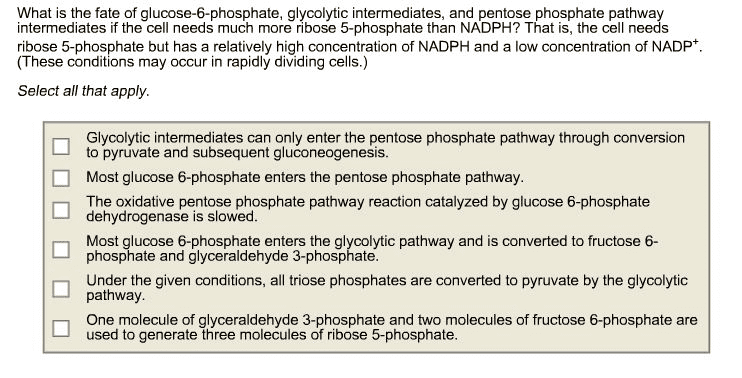BIO Lecture Notes - Lecture 1: Hexose, Pentose, Glycolysis
Document Summary
Instead of glucose going through the glycolytic pathway, the glucose is shunted through this pathway; so it is known as the shunt pathway. In the glycolysis there are a few bisphosphate intermediates; but in this pathway, there are monophosphates only; hence this is called hexose monophosphate (hmp) pathway. The reactions involve the intermediate formation of pentose phosphates; hence this is also called pentose phosphate pathway. About 10% of glucose molecules per day are entering in this pathway. The liver and rbc metabolize about 30% of glucose by this pathway. The major purpose of this pathway is generation of reduced. The hmp shunt pathway has oxidative and nonoxidative phases. During the oxidative phase, glucose-6-phosphate is oxidized with the generation of 2 molecules of nadph, and one molecule of pentose phosphate, with the liberation of one molecule of co2 . During the nonoxidative phase, the pentose phosphate is converted to intermediates of glycolysis.


